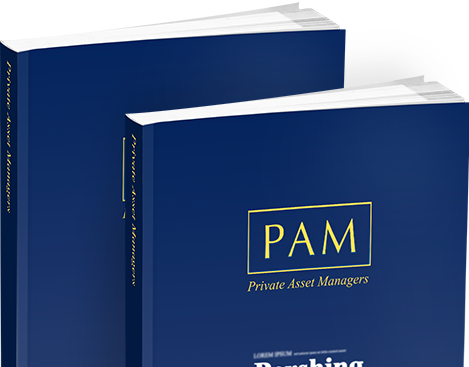ISAs were introduced on 6 April 1999 to replace two existing tax efficient schemes Personal Equity Plans (PEPs) and tax exempt special savings accounts (TESSAs). The attractions of ISAs are that they are free of income and capital gains tax, while you do not have to declare them on your tax return. Dividends from equities, however, have been partially taxed at source at the rate of 10 percent since 5 April 2004. But higher rate taxpayers do not have to pay any extra tax on dividends.
You have a choice of putting your ISA savings into cash, equity and bond funds, or individual shares and a few life insurance company investments. Up to £15,240 can be placed into your ISA each tax year (which runs from 6 April to 5 April the following year). This amount can be invested entirely into a cash ISA, or entirely into a stocks and shares ISA, or between the two in any proportions.
The maximum investment of £15,240 a year is not a substantial sum of money for some investors, but given that you can enjoy capital growth free of tax, it is advisable to take advantage of it. You should check for the most up-to-date figures, as these can change.
The PAM Directory is a comprehensive guide on comparative data focusing on asset managers, investment managers, private banks, stockbrokers, wealth managers and multi-family offices, who provide discretionary and/or advisory portfolio management services for private clients.
Order Now
Subscribe to PAM to hear about the latest news and promotions
Site Content Copyright PAM Insight Ltd 2016
This option is not available when logged in as a Private Asset Manager.
For registering with PAMonline. You should now receive an email asking you to verify your email address. If you do not receive this email, please call +44 (0)207 967 1601 for assistance.
To reset your password please enter code below.
To restore your password please enter your email below.
To see full information of the Private Asset Managers, plus the opportunity to rate and follow, login or register
For registering with PAMonline.
You should now receive an email asking you to verify your email address.
If you do not receive this email, please call +44 (0)207 967 1601 for assistance.
To return to the Home page, click here
To see full information of the Private Asset Managers,
plus the opportunity to rate and follow, login or register.
Please fill in all the fields.
To activate your account enter valid activation code below.
To resend activation email type in your registered email address below. Or contact the PAM office on +44 (0)20 7967 1608 to get instructions to activate your account.
